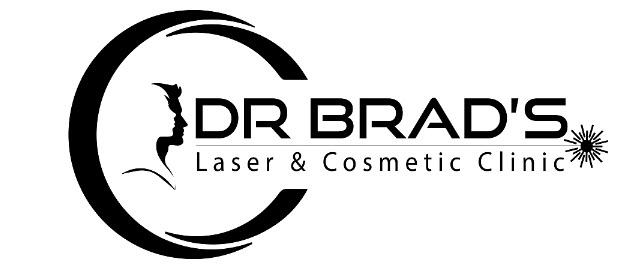Ear wax blockage is a common issue among the elderly, and while it might seem like a minor annoyance, it can lead to discomfort, hearing difficulties, and even infections if not appropriately managed. With age, earwax can become harder and more difficult to clear due to changes in skin condition and ear canal structure. This article outlines several practical strategies for preventing blockage, ensuring that older adults can enjoy clear hearing and comfort.
Understanding ear wax, or cerumen, is important for appreciating its role in ear health. It serves to protect the ear canal by trapping dust, debris, and microorganisms, preventing them from reaching the eardrum. However, excess wax can lead to blockage, which is more likely in the elderly as their earwax becomes drier and thicker. By implementing simple, proactive care techniques, it's possible to reduce the risk of wax buildup.
Firstly, maintaining regular ear hygiene is crucial. It's a common misconception that ears need to be cleaned out frequently. In fact, the ear has a self-cleaning mechanism – when you chew or move your jaw, it helps to displace wax towards the outer ear, where it eventually falls out or can be washed away. Gentle cleaning of the outer ear with a soft cloth can suffice, ensuring that no cotton swabs are pushed into the ear canal, which can compact the wax further.
One tip that can be especially useful is the use of ear drops designed to soften wax. These are easily available over the counter and can make the wax easier to dislodge naturally. Alternatively, a few drops of mineral oil, baby oil, or hydrogen peroxide can be used to achieve the same effect. It’s best to administer these drops once a week or as recommended to help prevent blockage.
Furthermore, scheduling regular check-ups with a healthcare professional is essential. Routine examinations can help identify any early signs of earwax buildup before it becomes problematic. Dr Brad, a practitioner dedicated to ear wax removal in Bristol, emphasises the importance of getting your ears checked, especially for the elderly who may not notice gradual changes in their hearing.
There are some misconceptions about home remedies for wax removal that should be addressed. One of the biggest myths floating around is the effectiveness of ear candling. This method is not only ineffective but can also cause injury to the ear canal or eardrum. Dr Brad never recommends such approaches; instead, he advocates for microsuction, a safe and efficient method for removing ear wax without the risks associated with candles or other home treatments.
Another anecdote can illustrate the approach to ear care for the elderly. One of Dr Brad's patients, Mrs Jones, was concerned about her frequent ear infections and muffled hearing. With some discomfort, she had been using cotton buds for years, not realising the damage she was doing. After consulting Dr Brad, she learned the proper methods for ear care and opted for a microsuction treatment. The result? Clear hearing and a newfound appreciation for her ability to engage in conversations without straining.
It’s also worth mentioning that certain medical conditions common in older adults may affect ear wax production. Diabetes and certain skin conditions can lead to increased ear wax production, and it's important to address these underlying issues too. In these instances, close collaboration with healthcare providers can lead to tailored recommendations that cater to individual needs.
Hydration is another key factor that plays a significant role in preventing ear wax issues. Ensuring that older adults drink enough fluids helps maintain general health and can indirectly contribute to better ear wax consistency. Proper hydration helps keep the skin supple, which can lead to softer earwax that's less likely to become impacted.
Lastly, be aware of any medications that may contribute to drier earwax. Some drugs can impact fluid retention and skin moisture levels. A discussion with a doctor about any side effects of prescribed medications may provide valuable insights into ear care strategies, ensuring a comprehensive approach to overall well-being.
In summary, preventing ear wax blockage for the elderly involves a combination of effective ear hygiene practices, regular professional check-ups, and informed choices regarding treatment methods. Dr Brad’s microsuction technique serves as a reliable solution for those facing ear wax buildup, providing peace of mind and clear hearing.
This article does not constitute medical advice. Please book with Dr Brad for a consultation.
